Summer Phlox: The Ultimate Guide To Growing And Caring For These Beautiful Bloomers
Title: Summer Phlox: The Ultimate Guide to Growing and Caring for These Beautiful Bloomers
Introduction:
Summer phlox are some of the most popular flowers in the garden. They are known for their colorful blooms, which can range from white to pink to purple to blue. Summer phlox are also relatively easy to grow, making them a great choice for even the beginner gardener.
In this blog post, we will provide an ultimate guide to growing and caring for summer phlox. We will cover everything from choosing the right location to planting and watering. We will also discuss some common problems that can affect summer phlox and how to prevent them.
Main Content:
Choosing the Right Location
Summer phlox prefer full sun, but they can tolerate some light shade. They will not do well in deep shade. Summer phlox also need well-drained soil. If your soil is heavy clay, you will need to amend it with compost or sand to improve drainage.
Planting
Summer phlox can be planted in the spring or fall. If you are planting in the spring, wait until the soil has warmed up to at least 60 degrees Fahrenheit. If you are planting in the fall, plant before the first frost.
When planting summer phlox, dig a hole that is twice as wide as the root ball. Add some compost or sand to the bottom of the hole to improve drainage. Place the root ball in the hole and backfill with soil. Water the plant well.
Watering
Summer phlox need regular watering, especially during the first year after planting. Once the plants are established, they will need less water. However, they should still be watered during hot, dry weather.
Fertilizing
Summer phlox do not need a lot of fertilizer. A light application of compost or fertilizer in the spring will help to promote blooms.
Deadheading
Deadheading is the process of removing spent blooms. This will encourage the plant to produce more blooms. You can deadhead summer phlox by simply pinching off the spent blooms.
Pests and Diseases
Summer phlox are relatively resistant to pests and diseases. However, they can be susceptible to aphids, spider mites, and powdery mildew. If you see any pests or diseases on your summer phlox, you can treat them with insecticidal soap or neem oil.
Conclusion
Summer phlox are beautiful and easy-to-grow flowers that can add a touch of color to any garden. With proper care, summer phlox will bloom for months, providing you with a source of enjoyment all summer long.
Summer phlox is a beautiful and versatile flower that can add color and interest to any garden. They are relatively easy to care for and come in a wide variety of colors. If you are thinking about adding summer phlox to your garden, I encourage you to visit Home Gardening for more information.
Home Gardening is a comprehensive resource on all things phlox. You can find information on how to grow phlox, how to care for phlox, and even how to propagate phlox. The website also has a gallery of beautiful phlox photos, so you can get inspiration for your own garden.
I hope you will visit Home Gardening today and learn more about summer phlox.
FAQ of summer phlox
- What is summer phlox?
Summer phlox is a type of perennial flowering plant that is native to North America. It is known for its colorful blooms, which can be white, pink, red, purple, or blue. Summer phlox is a popular garden plant, and it can be grown in a variety of climates.
- How do I grow summer phlox?
Summer phlox is relatively easy to grow. It prefers full sun, but it can tolerate partial shade. Summer phlox needs well-drained soil, and it should be watered regularly. To encourage more blooms, deadhead spent flowers.
- What are some common problems with summer phlox?
The most common problems with summer phlox are powdery mildew and aphids. Powdery mildew is a fungal disease that can cause white, powdery spots on the leaves of the plant. Aphids are small insects that can suck the sap from the leaves of the plant. Both problems can be treated with fungicides or insecticides.
- How long does summer phlox bloom?
Summer phlox blooms from midsummer to early fall. The exact blooming period can vary depending on the variety of phlox.
- How do I care for summer phlox after it blooms?
After summer phlox blooms, it is important to deadhead the spent flowers. This will encourage the plant to produce more blooms. You should also fertilize the plant in the fall to help it prepare for winter.
Image of summer phlox
- Pink Phlox: This image shows a beautiful pink phlox flower in full bloom. The petals are a soft, delicate pink color, and the center of the flower is a darker pink.
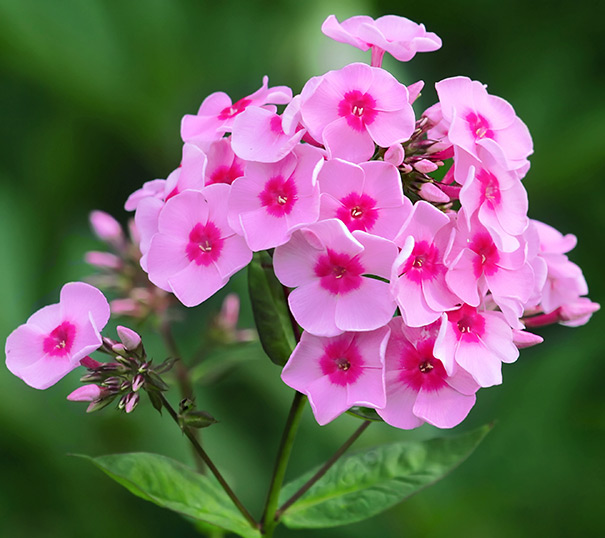
- White Phlox: This image shows a white phlox flower in full bloom. The petals are a pure white color, and the center of the flower is a yellow eye.
- Red Phlox: This image shows a red phlox flower in full bloom. The petals are a deep, vibrant red color, and the center of the flower is a yellow eye.

- Lavender Phlox: This image shows a lavender phlox flower in full bloom. The petals are a light lavender color, and the center of the flower is a darker lavender eye.
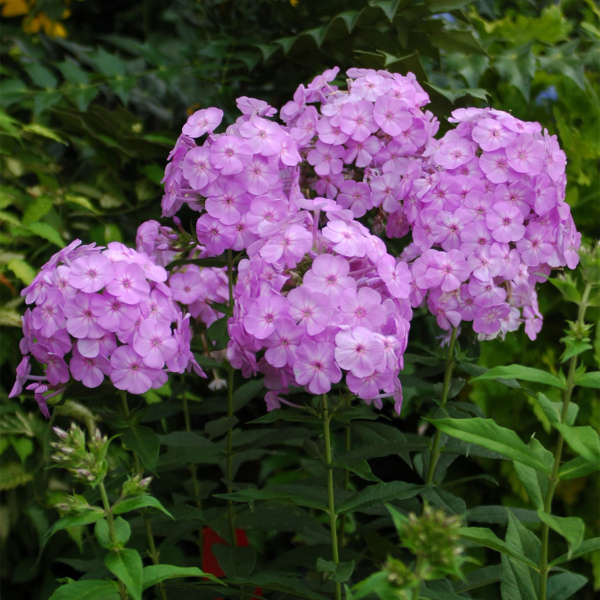
- Purple Phlox: This image shows a purple phlox flower in full bloom. The petals are a deep, rich purple color, and the center of the flower is a yellow eye.
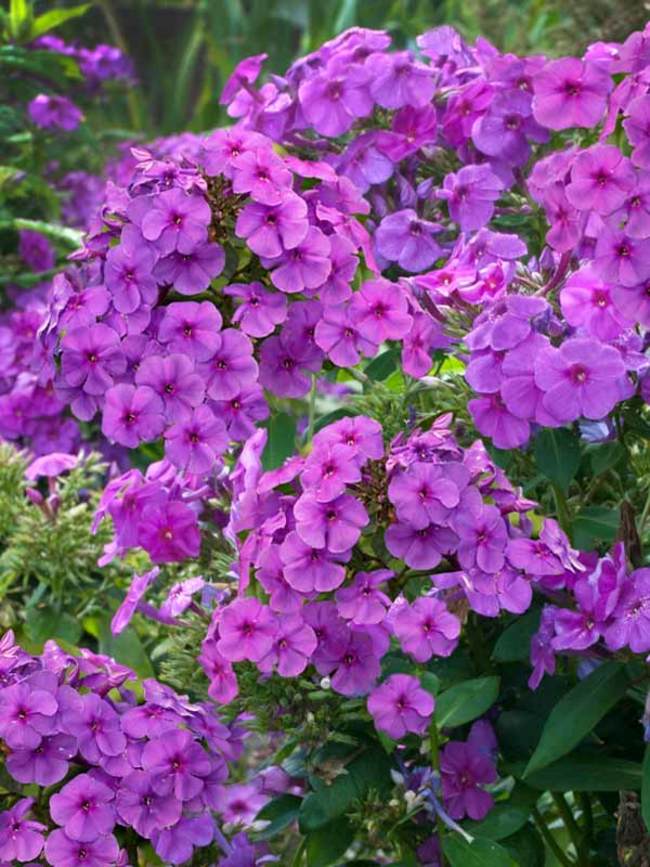
- Bi-Color Phlox: This image shows a bi-color phlox flower in full bloom. The petals are a mix of pink and white, and the center of the flower is a yellow eye.
- Tall Phlox: This image shows a tall phlox flower in full bloom. The flower is about 3 feet tall, and the petals are a deep pink color.
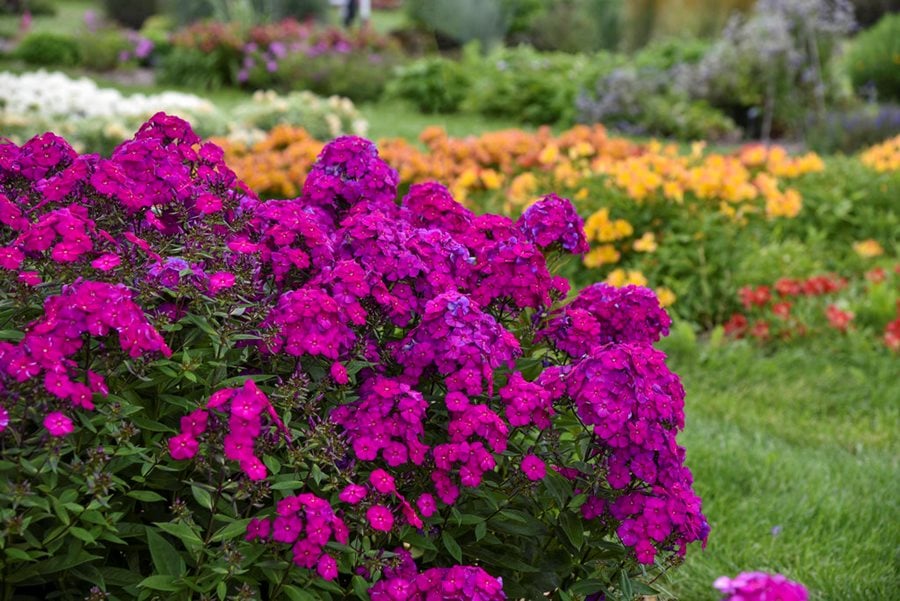
- Dwarf Phlox: This image shows a dwarf phlox flower in full bloom. The flower is about 1 foot tall, and the petals are a light lavender color.
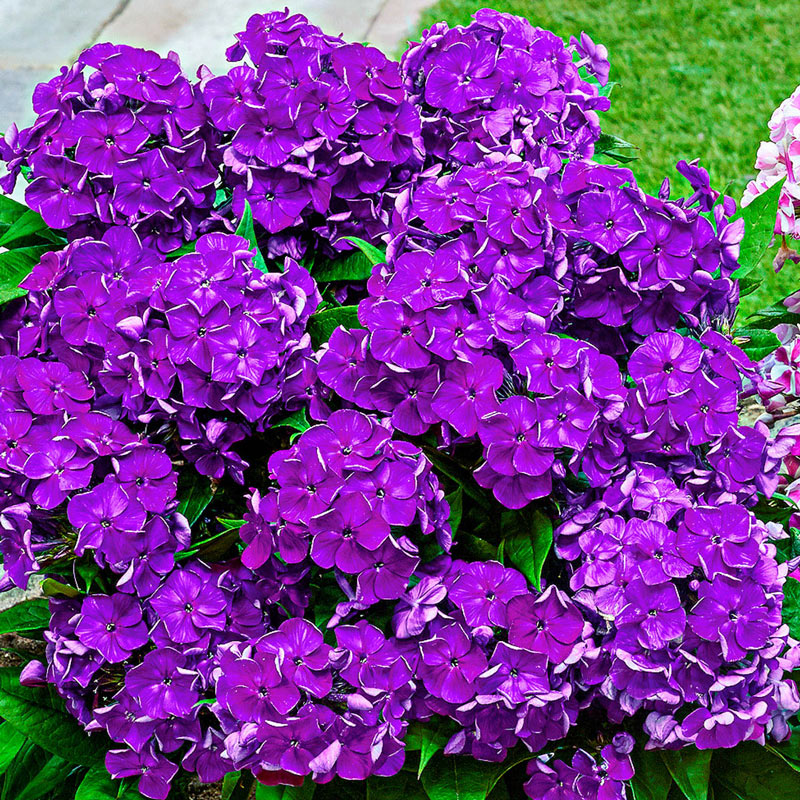
- Clustered Phlox: This image shows a clustered phlox flower in full bloom. The flowers are clustered together in a group, and the petals are a deep red color.

Post a Comment for "Summer Phlox: The Ultimate Guide To Growing And Caring For These Beautiful Bloomers"